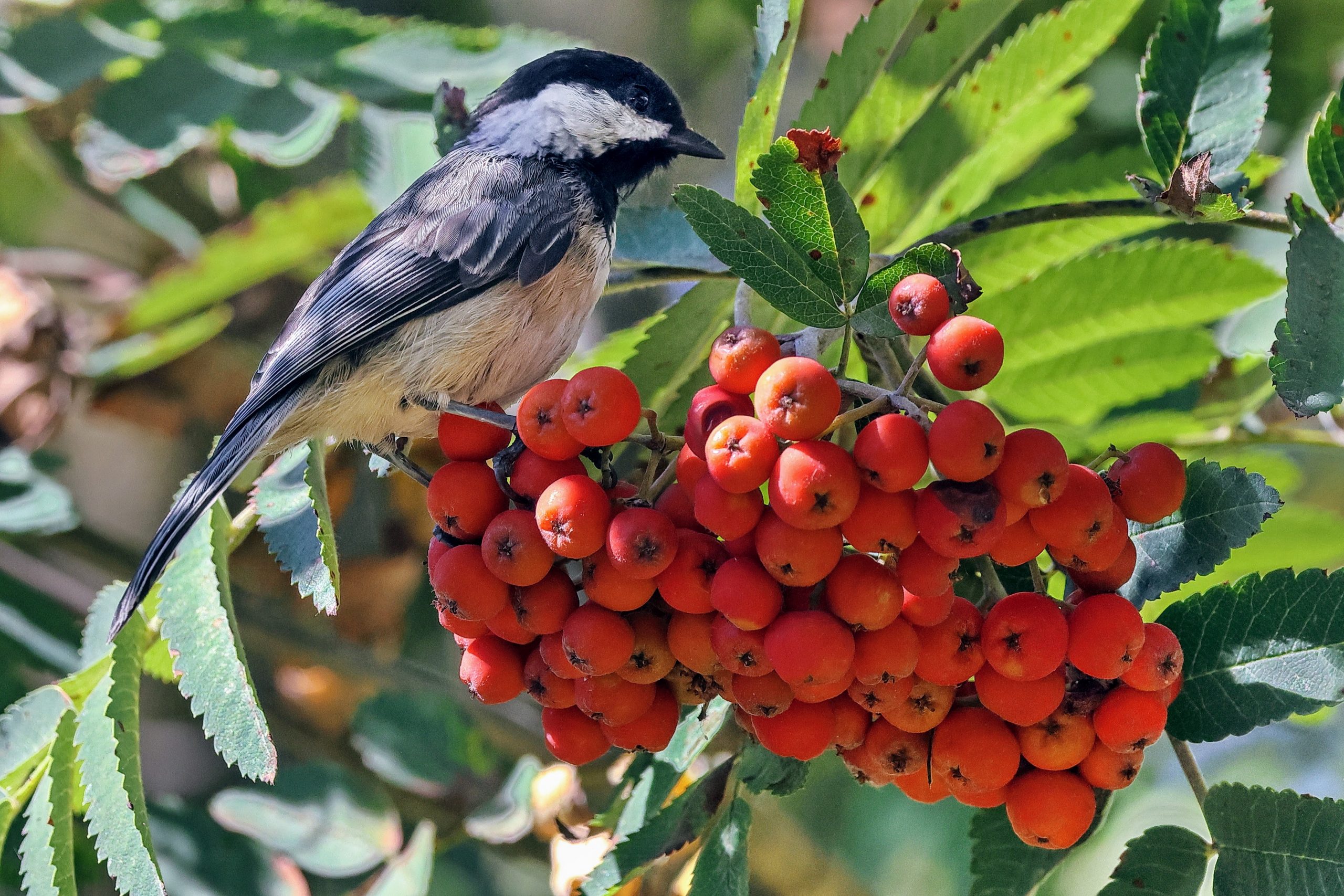Support Us
Since 1979 more than 140,000 animals have been treated by Wildlife Rescue.
Thanks to the support of individuals like you, Wildlife Rescue can provide a lifeline for animals in distress.
 Now that spring is well on its way, many of us are looking to get started on the season's gardening so that we can enjoy a beautiful outdoor space all summer. You can get your backyard ready for yourself and... Read More
Now that spring is well on its way, many of us are looking to get started on the season's gardening so that we can enjoy a beautiful outdoor space all summer. You can get your backyard ready for yourself and... Read More
Hummingbirds – a crowd favourite, miniature acrobats that dart and dip, hunting for high-energy foods.
Although these tiny birds weigh less than a loonie (averaging between 3 and 6 grams), hummingbirds need to be almost constantly eating. Hummingbirds flap their wings 50 times or more per second in order to maintain their signature hovering flight. Undoubtedly, this requires an immense amount of energy. In order to fuel their flight, hummingbirds consume half their body weight in pure sugar every day!
Read MoreKnown to be special birds that spend much of their time in certain parts of British Columbia, Nighthawks are essential to our environment. Even though they might not be easy to find much of the time due to nocturnal habits, these birds contribute so much to our ecosystem. Unfortunately, they also need our help. Studies by the North American Breeding Bird Survey have revealed that Common Nighthawk populations decline at the rate of 4% a year in Canada, populations going through a steep annual decline since the 60s.
Read MoreKnown for their technique of diving for fish feet-first, Ospreys are a majestic sight in the lower mainland where they inhabit lakes, rivers, and ponds. Unfortunately, entanglement is a large problem for these birds. When fishing lines and other materials are not properly disposed of, birds will use them as supplies for their nests – leading to entanglement. When these large birds get trapped in twine, they can no longer hunt fish or provide for their young.
Read MoreFound in freshwater areas such as rivers and streams, Spotted Sandpipers typically nest close to the shore. Unfortunately, this reliance on coastlines has led to many problems for these birds – especially when chemicals are dumped into the water.
The usage of pesticides and other chemicals may seem harmless – but when these substances float downstream, they can create large problems for local wildlife. Chemicals like pesticides can deplete resources, making it harder and harder for wildlife like Spotted Sandpipers to find the food they need. As well, the digestion of pesticides can lead to wildlife having a difficult time reproducing and can even lead to baby birds being born with deficiencies.
Read MoreDue to their friendly nature, Killdeer are unafraid of inhabiting urban areas – which can lead them to great harm. Sports fields, golf courses, and lawns are open spots that Killdeer love. Unfortunately, these man-made open fields often use pesticides and frequently mow to keep the grass at a satisfactory level, which can harm fledglings a great deal. Pesticides, when ingested, are dangerous – and the loss of insects because of insecticides can lower their chance of survival. When Killdeer lose insects, they lose a vital food source. As well, Killdeer often nest roadside, leaving them vulnerable to vehicle collisions.
Read MoreDouble-crested cormorants make their nesting homes on the coastlines of southern BC. They are an iridescent greenish-black, with a bright yellow beak, and white tufts over their eyes during the breeding season. They like to hang out on rocky shorelines and dive for fish.
Read MoreSpring is one of the busiest times of the year for Wildlife Rescue especially with “Rooftop Rescues”. Last year, the rescue team was managing 10 rescues a day to save fluffy little goslings and bringing them to safety with their families.
While nesting on rooftops seems like a safe place for goslings, it can be very dangerous for young geese. To make sure goslings are not harmed by rooftop nesting, the best thing we can do is prevent it!
Read MoreThanks to your incredible support, several animal care infrastructure projects have been successfully completed!
Read MoreYour generous response enabled construction of the Medical Treatment Centre to be completed just a few months before COVID-19. Thank you for making this project a reality!
Read More